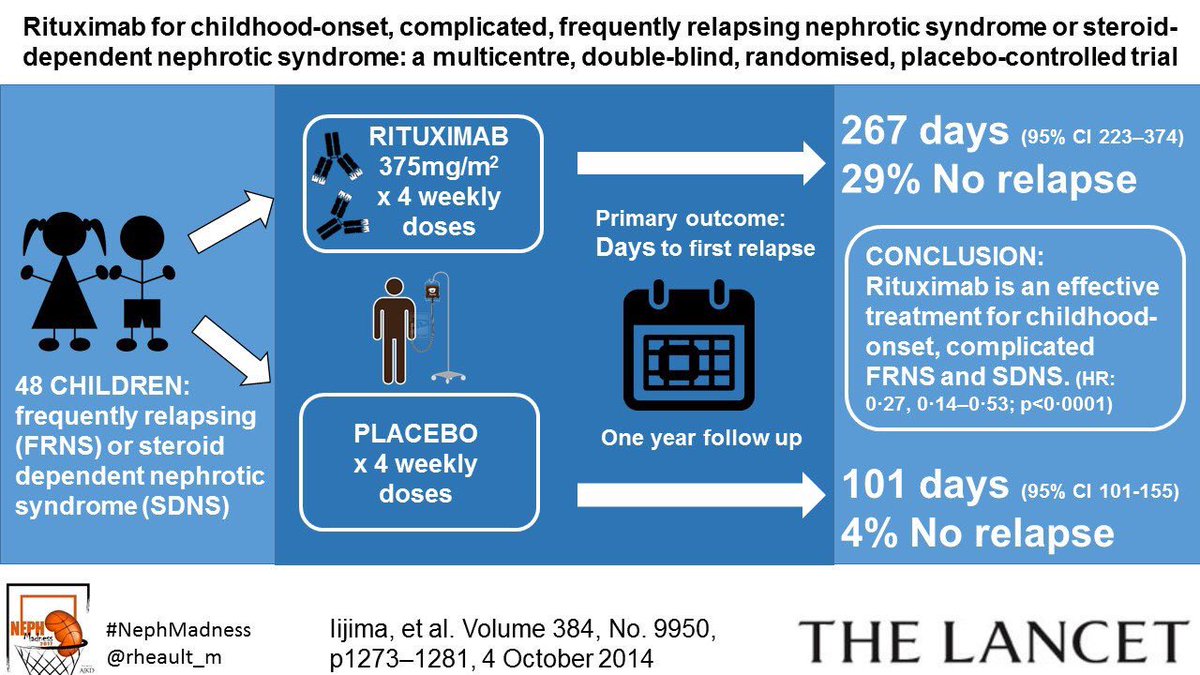
Image source: JASN 2007
The immunofluorescence findings are somewhat variable with fibrin deposition often being a prominent feature.
The renal
biopsy findings of preeclampsia closest to look in the context of the
pathologic patterns seen in thrombotic microangiopathies (TMA). The lesions of
preeclampsia share some similarities with and also some differences from those
of non-preeclamptic TMA, likely owing to their differing pathogenesis.
What is the LM finding?
The glomeruli are
enlarged and solidified (“bloodless”), as a result of narrowed or occluded
capillary lumens that are the result of swelling of the native endothelial
cells and, to a lesser extent, mesangial cells. The endothelial changes are
limited to the glomerular capillaries; arterioles are typically unaffected.
Thrombosis by light microscopy is decidedly unusual. In marked contrast, in
nonpreeclamptic TMA, thrombosis of vessels and/or glomeruli is a central
finding. Cases of severe preeclampsia with accompanying vascular thrombosis
often have clinical signs suggesting a superimposed nonpreeclamptic TMA. In
severe cases of preeclampsia, in particular as the lesions evolve/resolve,
mesangial interposition can be seen, a finding shared with other entities
resulting from chronic endothelial insult, such as “chronic” TMA or transplant
glomerulopathy. So essentially, it may appear on LM in some cases- as an MPGN pattern
of injury ( without the IF being positive for complements or immunoglobuins).
This form of injury is termed “Glomerular endotheliosis”
What is the EM finding?
Ultrastructural
analysis will show endothelial cells with loss of fenestrations with
cytoplasmic swelling, owing to fluid and lipid accumulation and capillary
occlusion.
What is the IF finding?
How is it different from your
“classic” non preeclamptic TMA that you might see with SLE or APLAS or in TTP?
The main
finding in the “classic” TMA is thrombosis of vessels and glomeruli as the main
finding with some endotheliosis. This is a rare finding in pre-eclampsia
related TMA unless it is very severe.
Here is a link to a nice review:


















